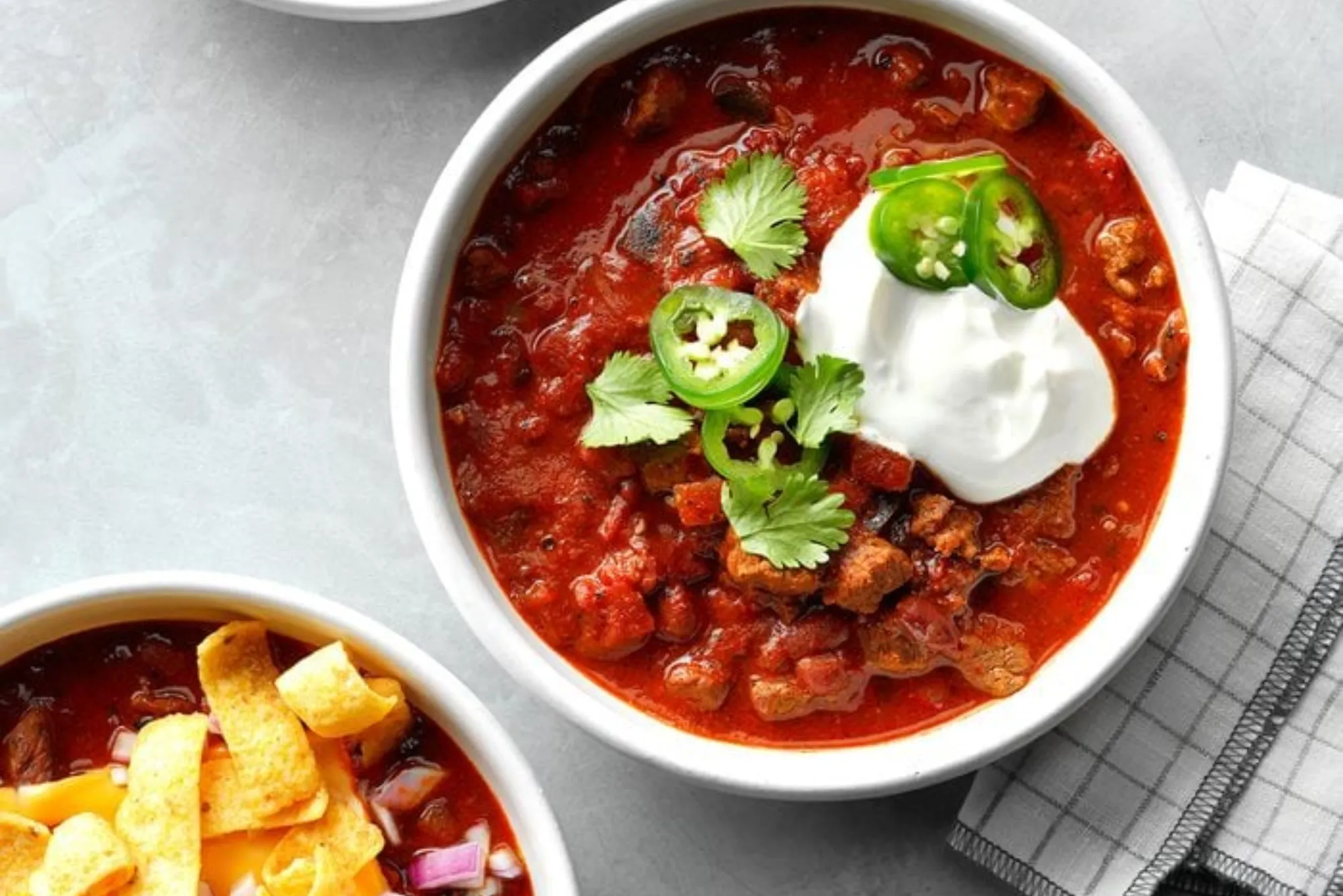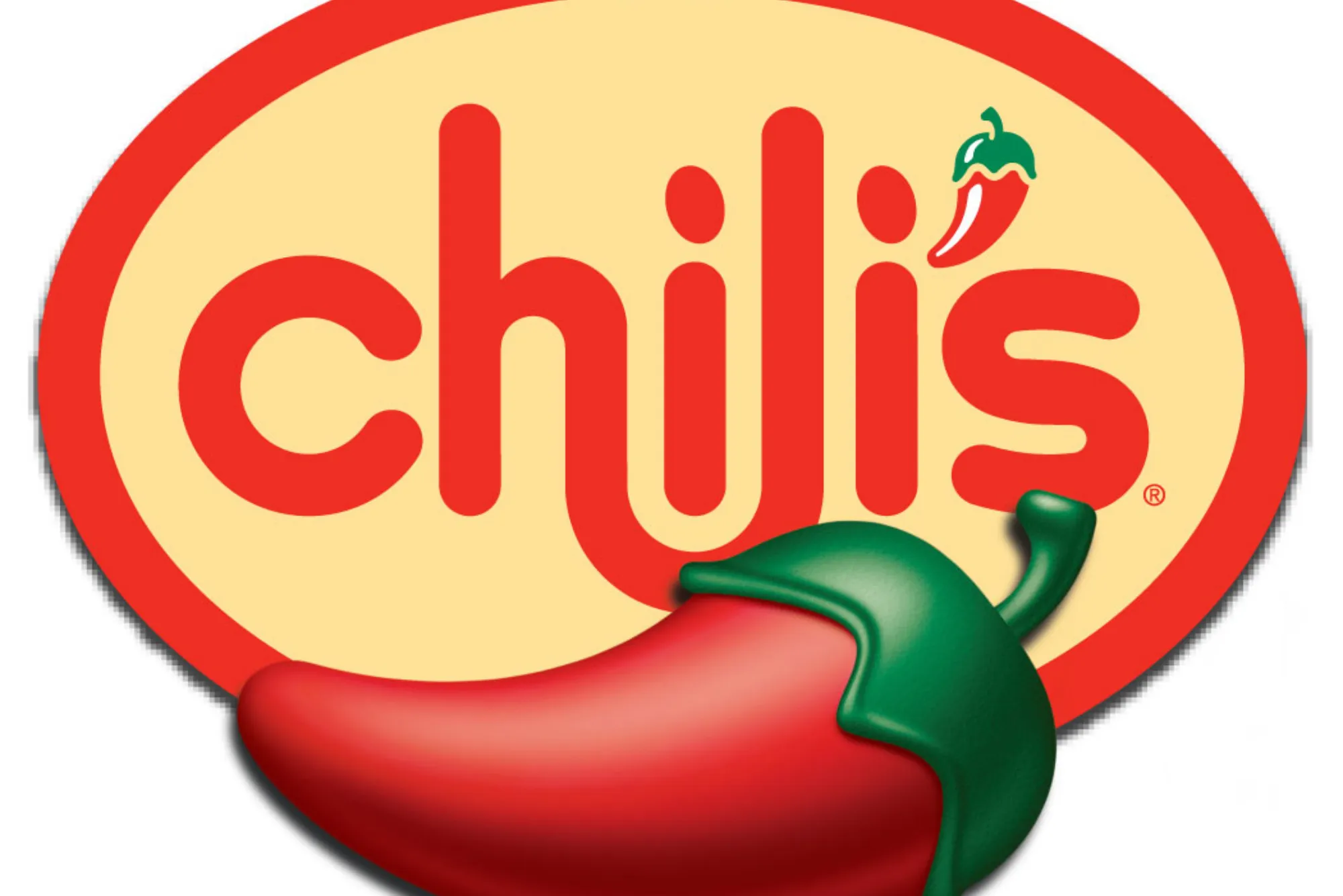Chilis: A Spicy Journey Through Culture, Cuisine, and Health
Chilis are not just a staple ingredient in many dishes worldwide; they are a symbol of spice, flavor, and culinary adventure. From their rich history to their health benefits and versatility in various cuisines, chilis continue to captivate food lovers everywhere. Whether you’re a fan of the fiery heat or simply enjoy the flavor, there’s no denying that chilis play a significant role in food culture around the globe.
The History of Chilis
Chilis have a fascinating history that stretches back thousands of years. Native to the Americas, particularly in regions like Mexico, chilis were first cultivated by ancient civilizations such as the Aztecs and Mayans. These cultures not only used chilis for food but also in religious rituals and medicines. Over time, chilis spread to Europe, Asia, and Africa through trade routes, influencing cuisines worldwide.
The chili pepper is believed to have been brought to Europe in the late 15th century by Christopher Columbus. From there, it quickly became a core ingredient in many global dishes, becoming an essential part of cuisines in India, Southeast Asia, and beyond. Today, chilis are enjoyed all over the world in various forms, from fresh peppers to dried and powdered versions.
Types of Chilis
Chilis come in various shapes, sizes, and heat levels, each offering its unique flavor and spiciness. Understanding the different types can help you choose the perfect chili for your dish.
Mild to Hot: A Range of Heat Levels
Chili peppers range from mild to extremely hot, thanks to the compound capsaicin, which determines their heat level. Some of the most popular chili varieties include:
- Jalapeños: These medium-sized chilis are widely used in everything from salsas to grilled dishes. They have a moderate heat level, making them a favorite for those who enjoy a little spice without overwhelming heat.
- Habaneros: Known for their intense heat, habaneros are small but mighty peppers. They offer a fruity flavor that pairs well with salsas, sauces, and marinades.
- Serrano: Slightly hotter than jalapeños, serrano peppers are often used in fresh salsas and guacamole, adding a distinct kick.
Chilis also come in varieties like bell peppers, which are sweet and mild, perfect for stuffing or roasting. Understanding the different heat levels and flavors of chili peppers can transform your cooking and help you find the right chili for your taste.
Chilis in Global Cuisine
Chilis have earned their place in the kitchens of many cultures, each adding their twist to how they use this fiery ingredient. From fiery curries in India to spicy stir-fries in Thailand, chilis are essential for enhancing the flavors of these diverse dishes.
In Mexican cuisine, for instance, chilis are used in everything from tacos to tamales and even in beverages like chili-infused tequila. In India, chili peppers are a cornerstone of spice blends like garam masala and are often incorporated into curries, chutneys, and street food. Southeast Asia, particularly Thailand and Vietnam, uses chilis to elevate dishes such as pho and green curry, balancing heat with aromatic herbs and coconut milk.
Health Benefits of Chilis
Chilis are not only a flavor-packed ingredient, but they also offer several health benefits. The compound capsaicin, responsible for the heat in chilis, has been shown to have various positive effects on the body.
Nutritional Value
Chili peppers are rich in vitamins A and C, both essential for immune health and skin vitality. They also contain antioxidants that can help reduce inflammation in the body. Furthermore, capsaicin is believed to have metabolism-boosting properties, which may assist in weight management.
Pain Relief and Digestion
Studies have suggested that capsaicin can help alleviate pain by triggering the release of endorphins, the body’s natural painkillers. Additionally, chilis are known to aid digestion, as they stimulate the production of digestive enzymes, promoting a healthy gut.
Tips for Using Chilis

Incorporating chilis into your cooking can add depth and complexity to your dishes, but it requires some knowledge of how to use them effectively.
How to Incorporate Chilis into Recipes
Chilis can be added to almost any dish to enhance flavor. For mild heat, you can remove the seeds and membranes of the chili, as these parts contain most of the capsaicin. For more intense heat, keep the seeds intact and chop the chilis into smaller pieces. You can also dry them to make chili powder, which can be used in rubs, sauces, and soups.
Handling and Storing Chilis
When handling fresh chilis, it’s essential to wear gloves to avoid skin irritation from capsaicin. After using them, wash your hands thoroughly, and if you need to store them, place fresh chilis in the refrigerator. Dried chilis should be kept in a cool, dry place away from direct sunlight.
Popular Dishes Featuring Chilis
There are countless dishes that feature chilis as a key ingredient, from hot sauces to savory curries. Here are a few must-try chili-based dishes:
- Chili con Carne: This hearty, spicy stew is made with ground meat, beans, tomatoes, and chili peppers. It’s a comforting meal perfect for cold weather.
- Spicy Salsa: Fresh tomatoes, onions, cilantro, and chili peppers come together to create a zesty salsa that pairs well with chips or tacos.
- Curry Dishes: Whether it’s a Thai red curry or an Indian vindaloo, chilis add a fiery element to these rich and flavorful dishes.
No matter what type of chili you prefer, these dishes highlight the versatility of chilis in cooking.
Fun Facts About Chilis
Chilis are more than just a culinary ingredient—they also have a rich cultural history and some surprising facts surrounding them.
- The Carolina Reaper currently holds the title of the world’s hottest pepper, measuring over 2 million Scoville Heat Units.
- Chili peppers are often used in eating contests, where participants try to consume the hottest peppers without flinching.
- The Chili Pepper Institute in New Mexico is dedicated to researching and promoting the cultivation and use of chili peppers.
Conclusion
Chilis are a vibrant and essential part of global cuisine, offering both flavor and health benefits. Whether you’re enjoying a spicy dish at a local restaurant, experimenting with chili-based recipes in your kitchen, or exploring the world of hot sauces, there’s always something new to discover when it comes to chilis. Their cultural significance, combined with their health properties, makes them an exciting and valuable ingredient in any culinary adventure.
FAQs About Chilis
What are the hottest chili peppers?
The Carolina Reaper holds the title of the hottest chili pepper, but varieties like the Trinidad Scorpion and Ghost Pepper are also extremely spicy.
How can I cool down after eating something spicy?
Drinking milk or eating dairy products can help neutralize the heat from capsaicin. You can also try eating bread or rice to absorb some of the spice.
Is Chilis a family-friendly restaurant?
Yes, Chilis restaurants are family-friendly, offering a variety of menu options that cater to all ages and taste preferences.
Chilis are a fascinating subject that continues to spice up dishes and bring flavor to the world. Whether you’re a casual diner or a spice enthusiast, there’s always something to appreciate about these fiery fruits.






